Devra Freelander, a Brooklyn-based sculptor, slowly rolled her bike a few feet into an East Williamsburg intersection. Freelander, an Oberlin graduate who had moved to Brooklyn after graduating with a Master’s degree from the Rhode Island School of Design, had been making a name for herself with her modern sculptures; her work had been exhibited at Socrates Sculpture Park in Queens, and in Times Square on Manhattan.
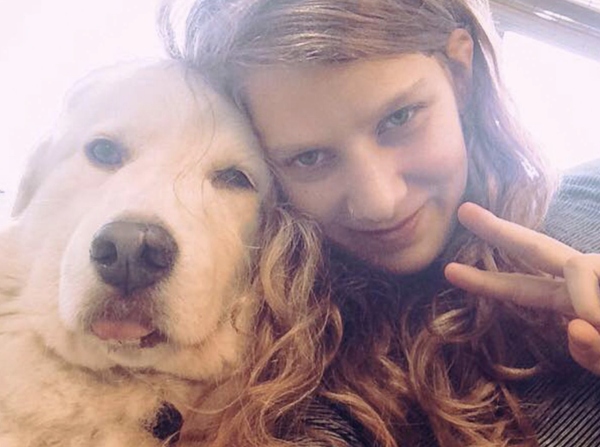
Devra Freelander
All of that came to an end in the blink of an eye. As Freelander slowly rolled into the intersection, she was hit and dragged under a fast-moving cement truck. It was 12:18 PM, July 1; Freelander, 28, was pronounced dead at the scene.
Alan Vega, the 70-year old driver of the United Transit Mix truck, remained at the scene, but was not immediately cited. United Transit Mix fleet manager Danny Mastronardi said that cyclists “make everybody’s job harder. Not just us—cars, trucks, taxis, everybody.” Tony Mastronardi, the owner of United Transit Mix, commented that “It’s unfortunate. It’s bad for everybody.”
And then he identified the problem: “Too many bikes, too many bikes on the road.”
Neighborhood residents had a different opinion, however. Matt La Rosa, 25, who works near the scene of the fatal crash, said “These trucks think it’s a f—–g race track. They speed here all the time.” Alice Finnerty, 27, witnessed the fatal crash: “It’s awful just how quickly it can happen. She was mutilated. It’s a good wake up call. I was thinking about getting a bike.” La Rosa weighed in too, saying “I rode my bike right over where she was killed this morning. I’m selling my bike.”
And thus, a city which gives lip service to Vision Zero convinced even more people that cycling is just too dangerous.
And this wasn’t just a one-off “accident.” Freelander’s death was the 15th New York City cycling death this year, and the 3rd New York City cycling fatality in just one week. The city’s cyclists, who had just mourned the death of messenger Robyn Hightman two days before, were sent reeling from yet another senseless tragedy. It was almost beyond comprehension. Almost.
But in fact, it was emblematic of New York City’s schizophrenic relationship with cyclists: alternating between giving lip service to promoting cycling and traffic safety on the one hand, and harassing cyclists while blaming them for dangerous traffic conditions on the other. Lest you think that an exaggeration, consider: After Robyn Hightman was killed by a box truck, the NYPD responded with a ticketing blitz aimed at cyclists—”Riding off a bike lane, if they’re running a red light, if they’re failing to yield to pedestrians, if they’re going down the wrong way down the one-way street—the main violations,” said NYPD Officer Carlos Negron.
Dangerous drivers, on the other hand, got another free pass. There was no similar police blitz out looking for “the main violations” dangerous drivers are notorious for. In fact, the NYPD had been quick to blame the victims whenever possible, often in the face of strenuous objections to the NYPD’s victim-blaming conclusions, while remaining unheard and unseen whenever it was obvious that dangerous driving had caused another cyclist fatality.
This should surprise nobody. The NYPD has a long and sordid history of harassing cyclists whenever possible. This year, the NYPD was just as aggressive in cranking up its anti-cyclist harassment machine. The targets? The usual suspects: Kids riding bikes without bells. A Memorial Day barbeque. Cyclists violating imaginary laws.
Never mind that the body count of cyclists killed in traffic was piling up. There were examples to be made of. And true to NYPD form, those examples included cyclists who don’t ride in the bike lane, but didn’t include drivers who block the bike lanes, forcing cyclists to ride out in traffic (which, incidentally, is not illegal if the bike lane is blocked).
This is not a new phenomenon. The NYPD has been targeting cyclists for harassment since the summer of 2004, when 264 cyclists were arrested during a Critical Mass ride coinciding with the Republican National Convention (held in New York City that year). Ever since that fateful summer, the NYPD has been engaged in an all-out vendetta against New York City cyclists.
This harassment has become so ingrained in NYPD culture that their response to cyclist deaths is now Pavlovian, and 100 % predictable: Cyclist is killed in traffic, NYPD ramps up cyclist harassment campaign. Every. Single. Year.
And just as predictable is the schizophrenic disconnect with City Hall. When former Traffic Commissioner Janette Sadik-Khan was laying out the most ambitious cycling-friendly urban transformation in the country, then-NYPD Police Commissioner Ray Kelly pushed back with his own private war against New York’s cyclists. Then-Mayor Bloomberg sat on the sidelines, seemingly powerless to intervene as one of his appointees waged internecine war against another.
Today, Mayor Bill de Blasio makes Vision Zero the centerpiece of his transportation policy, while the NYPD, now led by his appointee Police Commissioner Jimmy O’Neill, continues the important work of victim-blaming, ticket-blitzing cyclists for whatever trivial violation, real or imagined, they can think of, blatantly refusing to bring dangerous driving under control, and doing whatever else can be done to undermine Vision Zero. Mayor de Blasio, meanwhile, continues to promise Vision Zero, even as cyclist deaths mount up.
In the immediate aftermath of Devra Freelander’s death, New York City advocacy group Transportation Alternatives called out the gap between the promise of Vision Zero, and the reality: “Vision Zero is in a state of emergency and Mayor de Blasio is in denial about his signature program faltering under his neglect. Today we are in a crisis. It’s up to Mayor de Blasio and the City Council to act.”
In his own response to the mounting toll of cycling fatalities on New York’s streets, Mayor de Blasio announced that he has asked the NYPD for “a major enforcement action that will encompass every precinct and crack down on dangerous driving behavior like parking in bike lanes.” De Blasio also said the Department of Transportation would develop “a new cyclist safety plan to make biking in our city safer.” In a statement on the recent fatalities, de Blasio said “We have to keep pushing the envelope and increasing our efforts until we achieve Vision Zero.”
It remains to be seen how seriously the city will take its implementation of Vision Zero. However, conspicuous by its absence, Mayor de Blasio failed to take the NYPD to task for its victim-blaming, its ticket blitzes in the wake of cyclist deaths, its insistence on ticket-blitzing for violations both trivial and imaginary, and even for its own officers brazenly parking in bike lanes on a regular basis. Until the anti-cyclist rot in the NYPD is addressed and dealt with, anything else the city does amounts to half-measures, repeatedly undone by a police department at war with the city’s cyclists.
***
The Toll: New York City Cycling Deaths in 2019
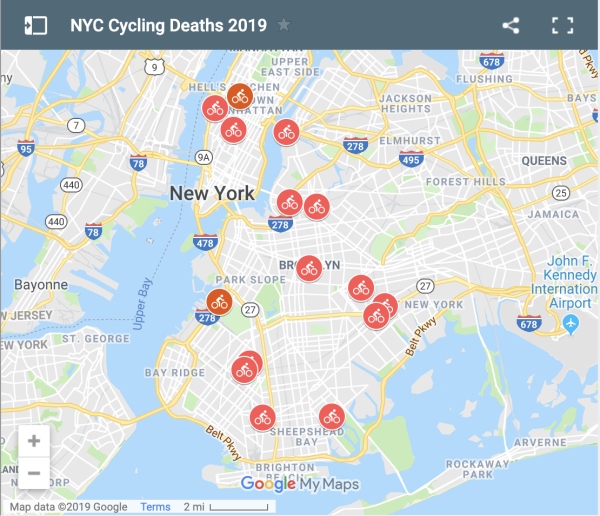
Hugo Garcia, bagel delivery, age 26. Riding to work, doored by taxi passenger, fell to the street and run over by a passing car, Brooklyn, January 1.
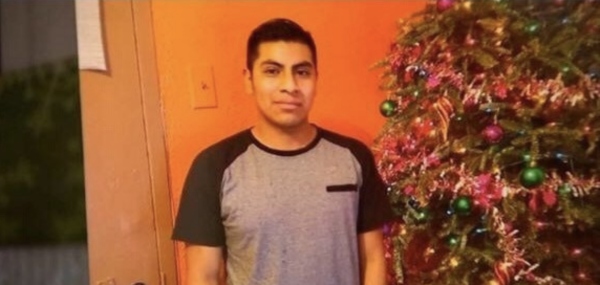
Hugo Garcia
Hector Ayala, 41. Hit by van, NYPD alleges he was riding against traffic, Cypress Hills Brooklyn, January 4.
Susan Moses, 63. Hit by SUV, Gravesend, Brooklyn, January 26.
Chaim Joseph, 72. Killed by a turning truck in a hit and run, midtown, Manhattan, February 4.
Aurilla Lawrence, bike messenger, 25. Killed by a tanker truck, Williamsburg, February 28.
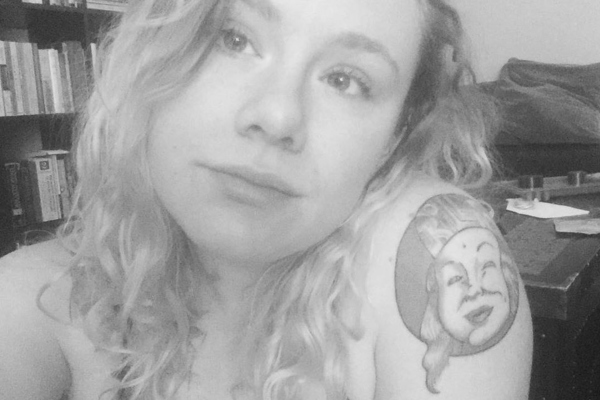
Aurilla Lawrence
Robert Spencer, city employee, 53. Hit by car in intersection, alleged by NYPD to have run a red light and riding against traffic, Queens, March 21.
Pedro Tepozteco, restaurant delivery, 26. Struck by rear tires of a passing box truck, Borough Park, Brooklyn, April 17.
Victor Ang, real estate broker, 74. Hit by a UPS Semi-truck, Chelsea, Manhattan, April 27.
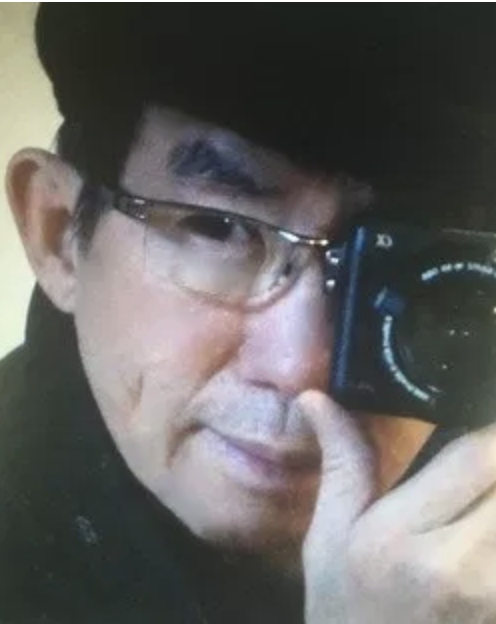
Victor Ang
Kenichi Nakagawa, chef, 22. Hit by minivan in intersection, alleged by NYPD to have run a red light, Crown Heights, Brooklyn, May 11.
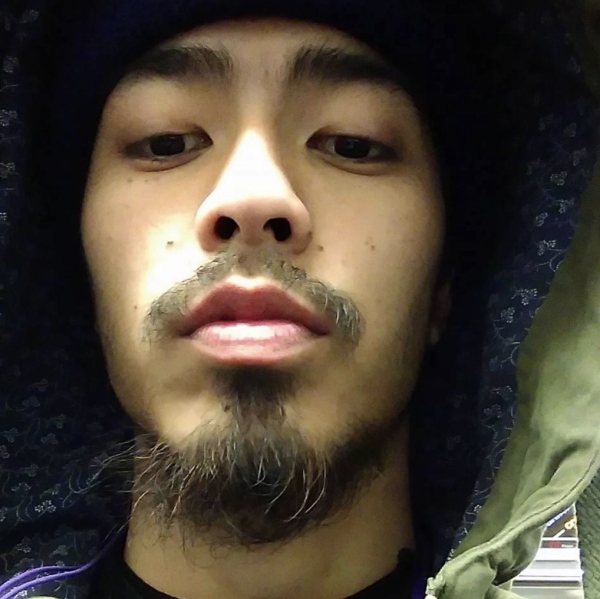
Kenichi Nakagawa
Robert Sommer, deli worker, 29. Marine Park, riding home to watch Game of Thrones with his father, hit by SUV while trying to cross 4 lane intersection, Marine Park, Brooklyn, May 12.
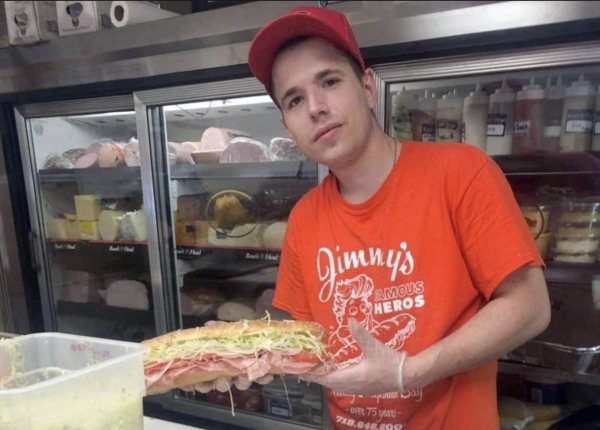
Robert Sommer
Yisroel Schwartz, student, 16. Doored, fell to the street and run over by box truck, Borough Park, Brooklyn, May 15.

Yisroel Schwartz
Mohammed Abdullah, 29. Killed by speeding drunk driver, Brownsville, Brooklyn, June 9.
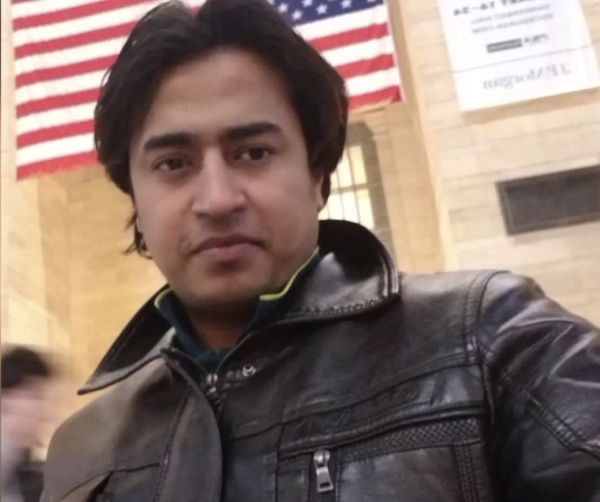
Mohammed Abdullah
Robyn Hightman, bike messenger, age 20. Killed by a box truck, Flatiron, Manhattan, June 24.
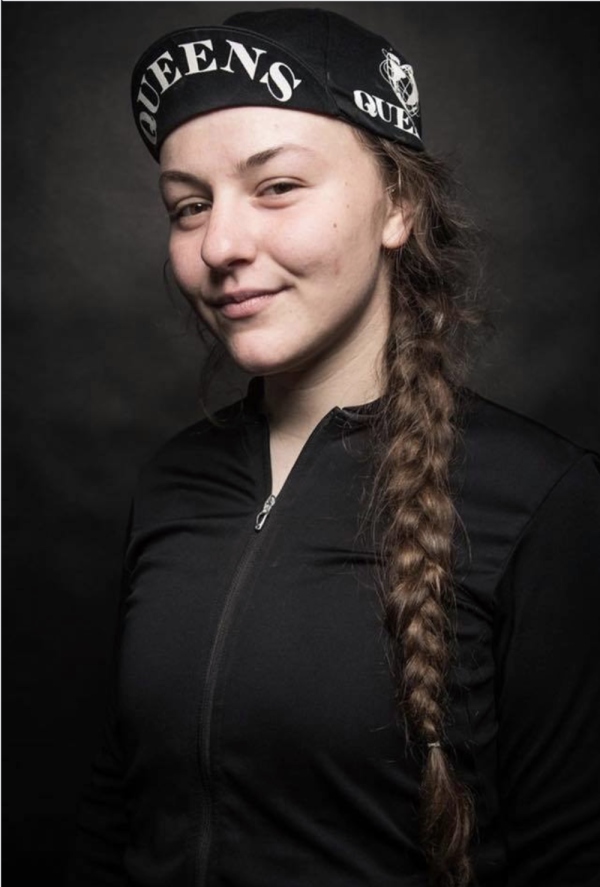
Robyn Hightman
Ernest Askew, age 57. Hit by car in intersection, Brownsville, Brooklyn, June 27.
Devra Freelander, sculptor, age 28. Killed by cement truck, East Williamsburg, Brooklyn, July 1.

Devra Freelander



